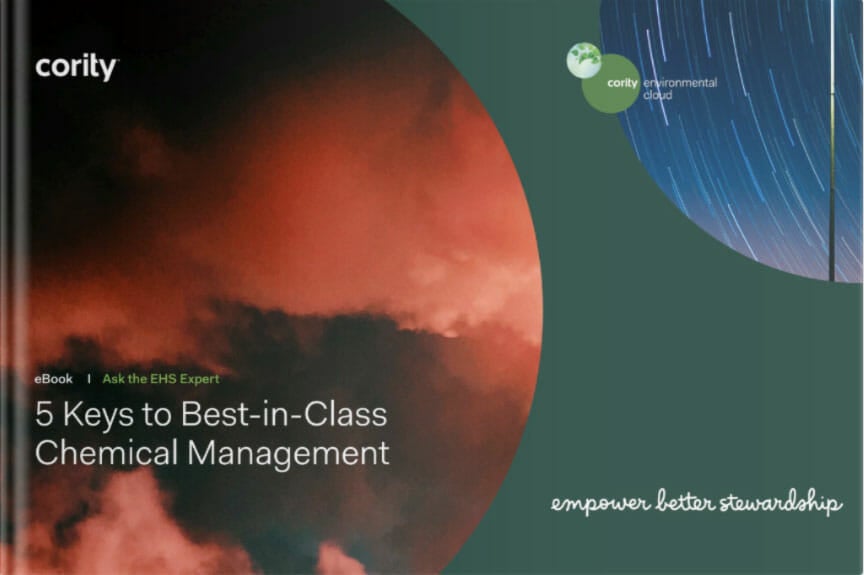
How IH Solutions Can Reduce Hazards: Industrial Hygiene FAQs Answered
Answers to common industrial hygiene questions and how technology can help organizations proactively manage workplace hazards. Industrial hygiene (IH) is a critical component of workplace

















